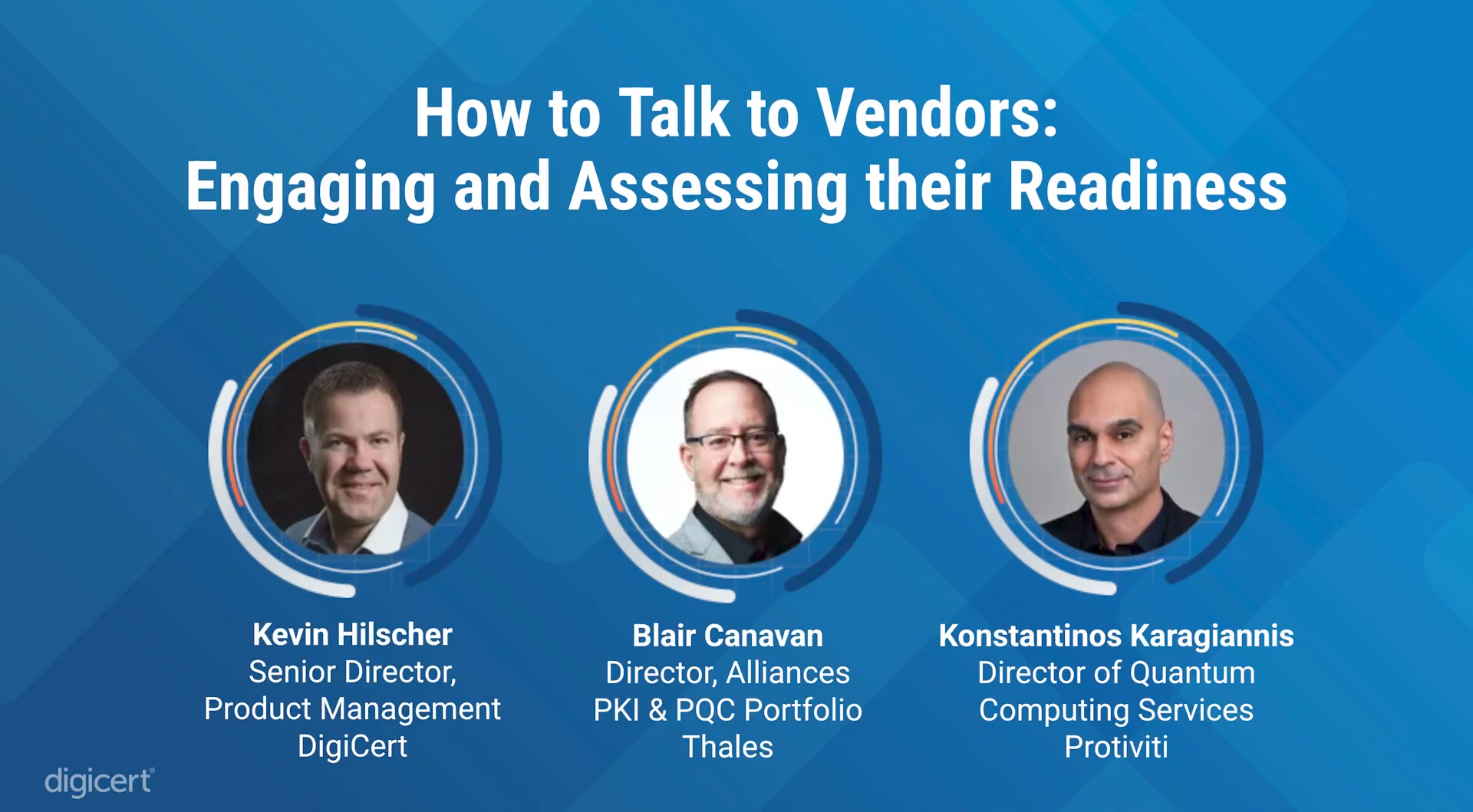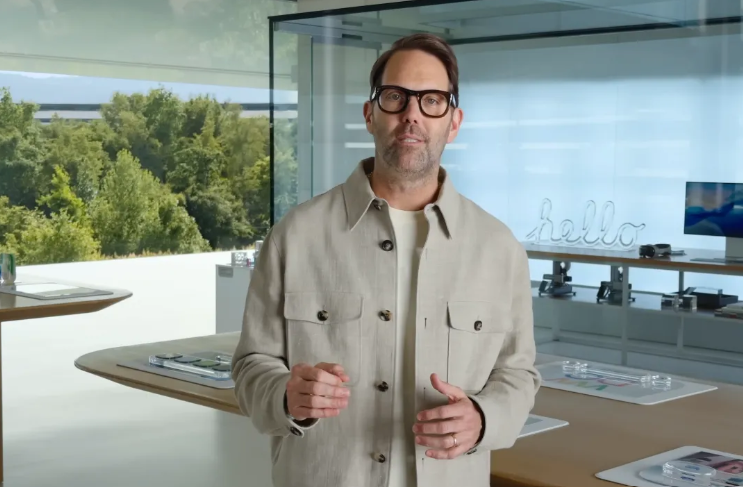As quantum computing technology progresses rapidly, businesses are confronting a pressing concern: Are their technology providers equipped for a post-quantum landscape? Relying solely on software patches from vendors may be a risky strategy, as readiness for post-quantum cryptography (PQC) demands a comprehensive transformation.
The National Institute of Standards and Technology (NIST) has indicated that 2035 is the deadline for addressing vulnerable encryption methods; however, experts caution that significant quantum advancements could emerge sooner than anticipated. This begs the question: How can organizations proactively adapt to these impending shifts?
Konstantinos Karagiannis, director of quantum computing services at Protiviti Inc., expresses a sense of envy towards companies starting afresh and integrated with PQC solutions from the outset. These new firms can design their systems with the post-quantum environment in mind, unlike established legacy organizations tasked with retrofitting existing frameworks.
Preparation Strategies from Technology Vendors
Vendors are also working diligently to adopt PQC measures. Thales, for example, has integrated PQC capabilities into its hardware security modules and its CipherTrust Cloud Key Manager. The company notably co-developed the Falcon algorithm, a testament to its commitment to shaping cryptographic standards. Thales emphasizes the importance of interoperability among systems, collaborating with partners such as DigiCert to ensure seamless functionality.
“Why does it matter to us?” asks Canavan. “Because we are more than just providers of hardware security modules and encryption solutions. Our operations span smart card manufacturing, banking, and satellite technology, forming the essential backbone of the cybersecurity ecosystem.”
In addition to vendor initiatives, regulatory pressures are propelling the urgency for adaptive solutions. U.S. Executive Orders and EU regulations are driving changes, with stipulations like 47-day certificate life cycles urging enterprises to take proactive measures. Effective automation and management of cryptographic policies are critical during this transition.
Karagiannis cautions, “In the realm of cryptography, a vulnerability remains critical regardless of accessibility or exclusivity. The idea that we can wait until 2035 is unrealistic; 2030 is a more probable deadline. It’s time to evaluate necessary hardware and software modifications to meet this approaching timeline.”
Ultimately, it is vital for vendors to showcase adaptability to global cryptographic standards, ensuring they can accommodate multiple algorithms concurrently in diverse environments. With the clock ticking, the urgency for post-quantum preparedness has never been greater.







